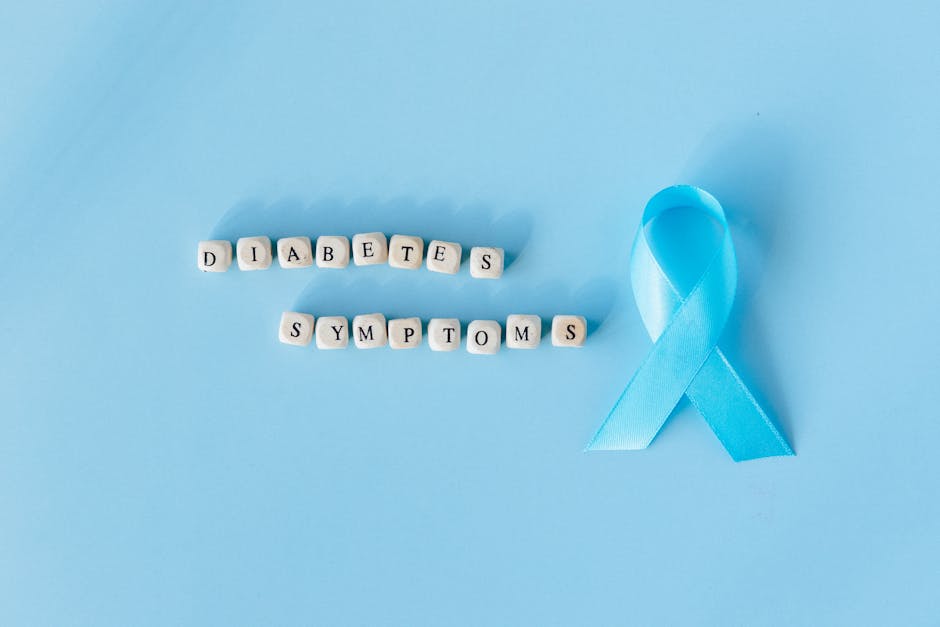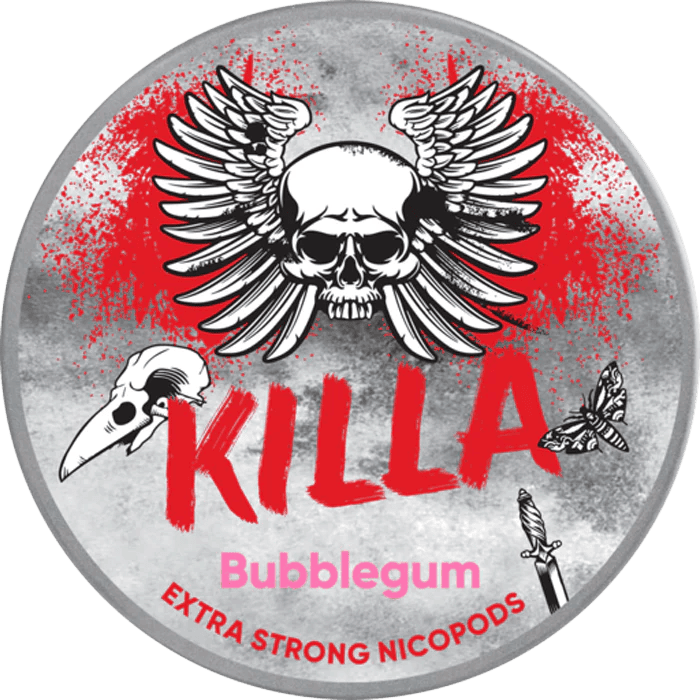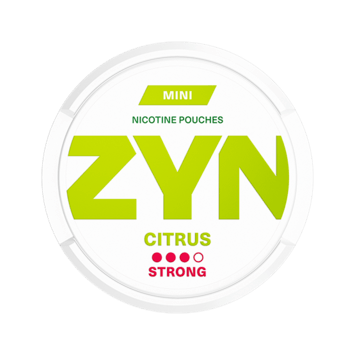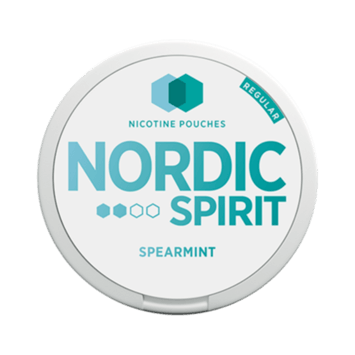What You Need to Know About Nicotine withdrawal timeline?
Philip Plainstein

Many people find it tough to quit smoking because of nicotine withdrawal. Nicotine is quite addictive and quitting leads to some changes in your body. The time it takes for these changes to happen can differ, lasting anywhere from a few days to several weeks. This time varies between people, based on how much they smoked before and during their quit.
During this period, you might feel like eating more and want to smoke again. You may also feel anxious or sad. It helps to know that everyone goes through this differently.
Key Takeaways:
- The duration of nicotine withdrawal varies from person to person
- Withdrawal symptoms include physical and mental challenges
- Understanding the withdrawal timeline can help individuals cope with the process
- Support and resources are available for those seeking a smoke-free life in the UK
- Quitting smoking can lead to numerous positive changes and health benefits
Understanding Nicotine Withdrawal Symptoms
Nicotine withdrawal brings both physical and psychological challenges. These symptoms differ from person to person. Knowing what to expect is key during this time.
The Physical Symptoms
Quitting nicotine can lead to several physical signs. These may include:
- Increased appetite
- Intense cravings
- Cough
- Headaches
- Dizziness
- Fatigue
- Constipation
Many find these signs stronger in the first week of quitting. They can feel quite hard. But remember, they’re not forever. They show your body adjusting without nicotine.
The Psychological Symptoms
There are also mental signs of quitting nicotine. These might be feelings like:
- Anxiety
- Depression
- Irritability
- Difficulty concentrating
Such feelings may last a while. They can be managed with the right support. Seeking help and finding coping tips is very important.
Knowing what to expect from nicotine withdrawal can help you stay strong. It reminds you these signs are temporary. With support and good strategies, anyone can quit smoking. You can move towards a life without smoke.
The Timeline of Nicotine Withdrawal
People in the UK need to know about nicotine withdrawal’s timeline. This info is key for people starting to live smoke-free. Most people follow a similar timeline, even if symptoms vary. Knowing what to expect can help you stick to your plan and keep your spirits up.
Stage 1: Early Withdrawal (4-24 hours after Quitting)
Withdrawal symptoms kick in 4-24 hours after you quit. You might feel cravings, get easily upset, find it hard to sit still, or have trouble focusing. This is when your body is getting used to no nicotine. It might be tough, but you can power through.
Stage 2: Peak Withdrawal (2-3 days after Quitting)
Days 2-3 are usually the hardest. You will hunger for a smoke and feel very uncomfortable. Stay strong. Now is the time to reach out for help from your doctor or a support group.
Stage 3: Subsiding Symptoms (1-4 weeks after Quitting)
1-4 weeks later, things get better. You will crave less and start feeling good changes. Your sense of smell and taste will sharpen. You will cough less and breathe easier.
Stage 4: Long-Term Adjustment
Over time, you’ll stop wanting cigarettes. But, the journey to being smoke-free is not quick. It takes time for your body and mind to fully heal. Remember, being patient and staying supported matters a lot.
Focus on the good that comes with quitting. Yes, it’s hard, but the benefits are worth it. Keep going.
The Timeline of Nicotine Withdrawal
| Stage | Duration | Symptoms |
|---|---|---|
| Early Withdrawal | 4-24 hours after quitting | Cravings, irritability, restlessness |
| Peak Withdrawal | 2-3 days after quitting | Intense cravings, physical discomfort |
| Subsiding Symptoms | 1-4 weeks after quitting | Reduced cravings, positive changes |
| Long-Term Adjustment | Months to years after quitting | Persistence, ongoing support |
Knowing the nicotine withdrawal timeline can help you quit smoking better. With some preparation and support, living smoke-free can be a reality. And you can enjoy a healthier lifestyle in the UK.
Effects of Nicotine on the Body
Nicotine is a strong stimulant in tobacco. It affects many parts of the body. It changes the brain, breath, memory, hunger, and heart rate instantly and long-term.
Brain Function: Nicotine makes the brain feel good. It increases dopamine. This makes you feel happy. But using it a lot can mess up your brain chemicals. This is why it is hard to stop using it. You might feel bad when you quit.
Respiratory System: Nicotine harms the breath system too. You might cough a lot. This happens because nicotine makes your breathing tubes angry. You might also hurt the soft parts of the breath system. This can cause big breath problems like COPD and lung cancer.
Effects of Nicotine on Memory, Appetite, and Heart Rate
Nicotine changes how you think and eat. It can also make your heart beat faster.
- Nicotine might help with thinking and remembering. But it might not work the same for everyone.
- It might make you less hungry, which some people use to stay thin. But when you stop smoking, you might eat more. This could make you gain weight at first.
- Nicotine makes your heart rate go up and squeezes your blood tubes. This can hurt your heart and how your blood flows. It might make heart problems, heart attacks, or strokes more likely.
“Nicotine, through its effects on the brain and respiratory system, has significant implications for both addiction and physical health.” – Dr. Jane Smith, Addiction Specialist
| Effects of Nicotine | Areas of the Body |
|---|---|
| Stimulates the release of dopamine and affects brain function | Brain |
| Causes irritation, coughing, and respiratory damage | Respiratory System |
| Influences memory and cognitive function | Memory |
| Affects appetite and can lead to weight changes | Appetite |
| Increases heart rate and elevates blood pressure | Heart Rate |
Managing Nicotine Withdrawal
There are lots of ways to help manage nicotine withdrawal. This makes it easier for people to stop using nicotine. They help lessen the tough symptoms that happen when you stop.
1. Nicotine Replacement Therapy (NRT)
Nicotine replacement therapy (NRT) is a top choice for many. It uses products like gum or patches. These give a little amount of nicotine to help beat cravings. NRT is great when part of a plan to quit smoking.
2. Medications
Varenicline and bupropion are medicines that can help. Doctors can give these to those trying to quit. They cut down on cravings and help manage withdrawal symptoms. They are a useful aid for the quitting journey.
3. E-cigarettes
E-cigarettes are seen by some as a better choice than traditional cigarettes. They might be less harmful. But, they have their own risks. Always talk to a doctor before using them to quit smoking.
4. Counseling and Support Groups
Dealing with the feelings of quitting is key too. Talking with a counselor can help a lot. Support groups offer a place to share, learn, and find strength from others. This kind of help is very important during the quitting process.
Quitting smoking is different for everyone. It’s good to make a plan that fits your own needs. A doctor or a smoking cessation expert can help a lot. Remember, quitting smoking is hard work, but it is possible with the right help and by not giving up.
| Treatment | Method | Benefits |
|---|---|---|
| Nicotine Replacement Therapy (NRT) | Gum, patches, inhalers, sprays | Gradually reduces cravings |
| Medications | Varenicline, bupropion | Reduces cravings, manages withdrawal symptoms |
| E-cigarettes | Alternative to traditional tobacco | Potentially less harmful option |
| Counseling and Support Groups | Therapeutic support and guidance | Addresses psychological and emotional aspects |
The Role of NRT in Nicotine Withdrawal
Nicotine replacement therapy (NRT) is key in quitting smoking. It helps by slowly cutting down nicotine intake. This makes tough withdrawal symptoms less severe.
With NRT, quitting feels less intense. It eases the urge to smoke and cuts withdrawal signs. How? By giving nicotine in a safe, non-smoking way.
But, using NRT might make quitting take longer. Nicotine doses decrease over time. This helps users slowly end their need for nicotine.
It’s crucial to use NRT right, as doctors say. A healthcare pro will pick the best NRT type and dose for you. Their advice helps a lot.
To wrap up, NRT is a big help in quitting smoking. It cuts down nicotine in a safe way. With a doctor’s help, you can use it well in your quit plan.
Support for Nicotine Withdrawal
Quitting smoking is tough, but you don’t have to do it alone. Lots of help is out there. These include resources and services made to help you quit and deal with withdrawal.
Smokefree.gov
Smokefree.gov is a great help for anyone looking to quit. It has free guides for different groups. Whether you’re expecting a baby, a young person, or just looking for advice, Smokefree.gov has what you need.
Substance Abuse and Mental Health Services Administration (SAMHSA) Hotline
The SAMHSA hotline connects you with local support. It can help you find treatment programs, counselling, and groups. Getting in touch can guide you to a smoke-free life.
The National Texting Portal and quitSTART App
Prefer help at your fingertips? The National Texting Portal and quitSTART app are for you. They send tips, support, and tools through texts and apps to keep you going.
Counseling, Friends, Family, and Healthcare Professionals
Your friends, family, and healthcare team can be a big support too. Counseling offers ways to cope and needed care. Their support helps keep you motivated towards a smoke-free life.
| Support Resources | Description |
|---|---|
| Smokefree.gov | Free guides and support tailored to different groups |
| Substance Abuse and Mental Health Services Administration (SAMHSA) Hotline | Connects individuals to local treatment programs, counseling centers, and support groups |
| The National Texting Portal and quitSTART App | Convenient and accessible support through text messages and mobile applications |
| Counseling, Friends, Family, and Healthcare Professionals | Emotional support and guidance from professionals, loved ones, and healthcare providers |
With the right help and your will, overcoming smoking is possible. These resources and your own strength will lead you to a smoke-free life.
Coping Strategies for Nicotine Withdrawal
Coping with nicotine withdrawal can be hard. But, there are many strategies that can help you. These tips can make handling withdrawal symptoms easier, which boosts your chances of quitting.
Practicing Relaxation Techniques
Relaxation techniques like deep breathing can be really helpful. They lower your stress and anxiety. By doing these every day, you can feel calmer and better.
Engaging in Enjoyable Activities
Doing fun things is a great way to distract yourself from smoking. Whether you enjoy reading, music, or hobbies, it helps. Fun activities can make the quitting process easier.
Increasing Physical Exercise
Regular exercise is beneficial during withdrawal. It releases feel-good chemicals, which improves your mood. Staying active also helps you focus away from cravings.
Reducing Caffeine Intake
Less caffeine can help with sleep problems after quitting. Caffeine can make sleep issues worse, which is already a challenge. Switch to decaf drinks to sleep better.
Seeking Support from Friends and Family
A good support system is key. Talk to friends and family who can cheer you on. Their support keeps you motivated for a smoke-free life.
Avoiding Triggers
Stay away from things that make you want to smoke. This could be certain places or friends. Removing these triggers helps lower the urge to smoke.
Considering Nicotine Replacement Therapy
Nicotine replacement therapy can be useful. It offers products like gum or patches with controlled nicotine. They help ease withdrawal symptoms. Ask a healthcare provider to see if it’s right for you.
Staying Mentally Prepared and Focusing on the Benefits
Thoughts of quitting can give you power. Focus on how your health and life gets better. Staying positive and focused can keep you going strong.
Distracting Yourself During Cravings
When you really want to smoke, find a distraction. Do puzzles, hobbies, or chat with a friend. Distracting your mind helps beat the urge.
| Coping Strategy | Description |
|---|---|
| Practicing Relaxation Techniques | Deep breathing, meditation, and yoga can reduce stress and anxiety. |
| Engaging in Enjoyable Activities | Pursuing hobbies and activities that bring pleasure and fulfillment can provide a distraction from cravings. |
| Increasing Physical Exercise | Regular exercise releases endorphins, improves mood, and helps manage withdrawal symptoms. |
| Reducing Caffeine Intake | Minimizing caffeine consumption can help alleviate withdrawal-related sleep disruptions. |
| Seeking Support from Friends and Family | Having a strong support system provides encouragement, understanding, and accountability. |
| Avoiding Triggers | Identifying and avoiding situations or people that trigger cravings can aid in managing withdrawal symptoms. |
| Considering Nicotine Replacement Therapy | NRT products provide controlled amounts of nicotine to help alleviate withdrawal symptoms. |
| Staying Mentally Prepared and Focusing on the Benefits | A positive mindset and visualizing the benefits of quitting smoking can help stay motivated and resilient. |
| Distracting Yourself During Cravings | Engaging in activities that demand focus can divert attention away from cravings. |
It’s very important to use coping strategies during nicotine withdrawal. These strategies help deal with symptoms and quit smoking. They guide you towards a healthier, smoke-free life.
Positive Changes and Benefits of Quitting
Stopping smoking brings lots of good changes and health perks. The journey through nicotine withdrawal is very rewarding. After your last cigarette, your body makes really cool changes for the better.
Improved Sense of Smell and Taste
One of the great parts about quitting is that your smell and taste get better. Nicotine can really affect your taste buds. Now, you can enjoy your food more and taste the real flavours.
Reduced Coughing and Easier Breathing
Your lungs thank you when you quit smoking. They start to heal, and you cough and wheeze less. Breathing gets easier. This means you can do more of what you love without feeling out of breath.
Increased Energy Levels
Stopping smoking boosts your energy. You’ll feel less tired and have more get-up-and-go. Being more active feels easier. This leads to a happier and more productive life.
Reduction in Health Risks
Quitting smoking cuts your risks of serious health problems. You lower your chances of getting lung cancer, heart disease, and stroke. Choosing to quit smoking is choosing a healthier future.
Remember the good things that come from quitting as you face withdrawal. They remind you of the great changes happening on your smoke-free journey.
Overcoming Nicotine Withdrawal Challenges
Nicotine withdrawal is tough but beating it shows you’re strong. Don’t give up, even when it’s hard. Seek help, try new things, and stay hopeful to stop smoking for good.
Know that feeling bad is just temporary. It means you’re getting closer to a life with no cigarettes. Everyone’s path is different and quitting takes time. Focus on the good that quitting brings for your health.
Once you beat withdrawal, you’re on your way to being healthier and free from smoking. Stay strong and lean on those who support you. Keep going, and enjoy the benefits of a smoke-free life.









